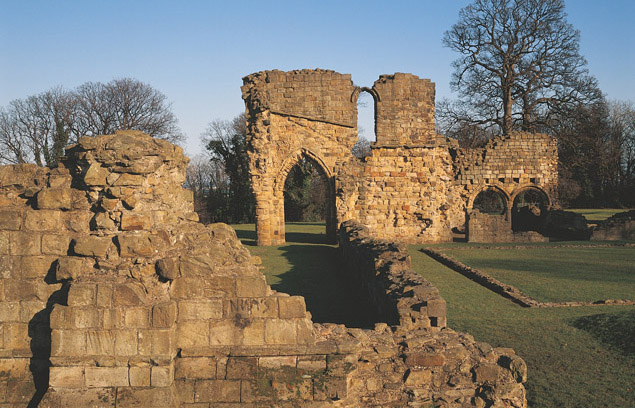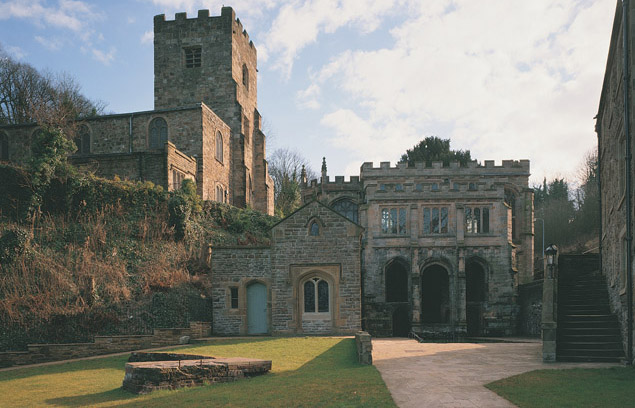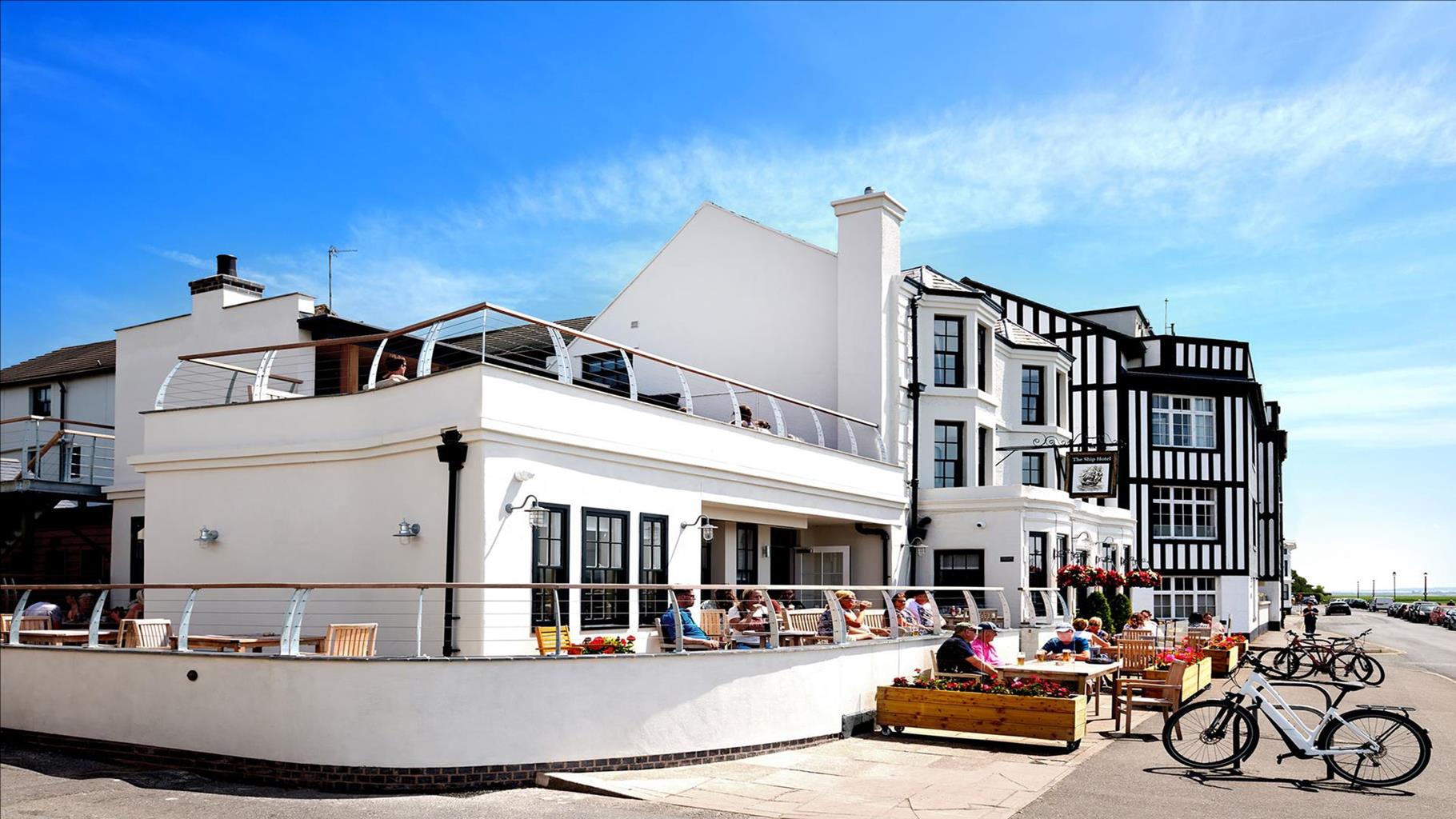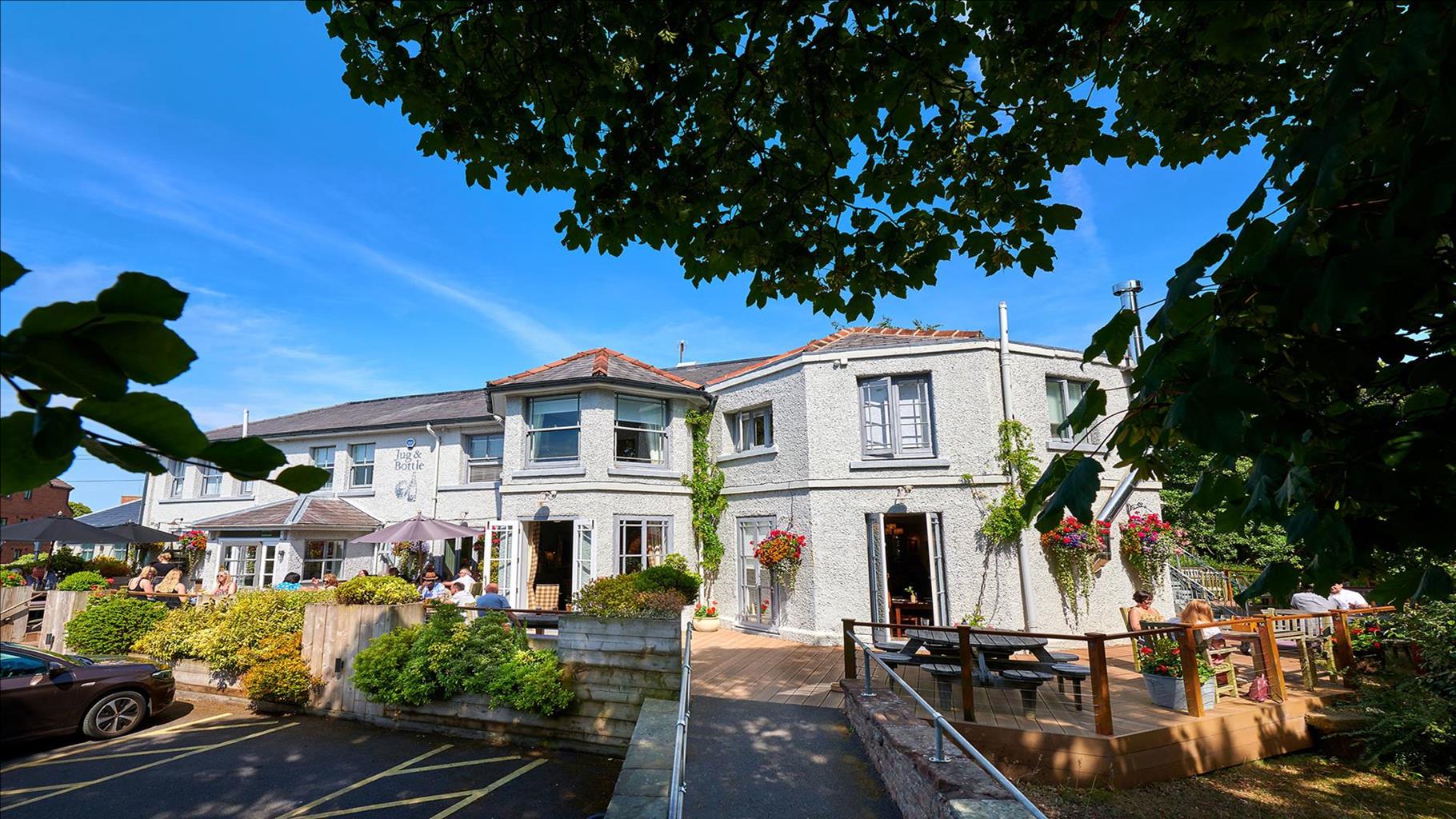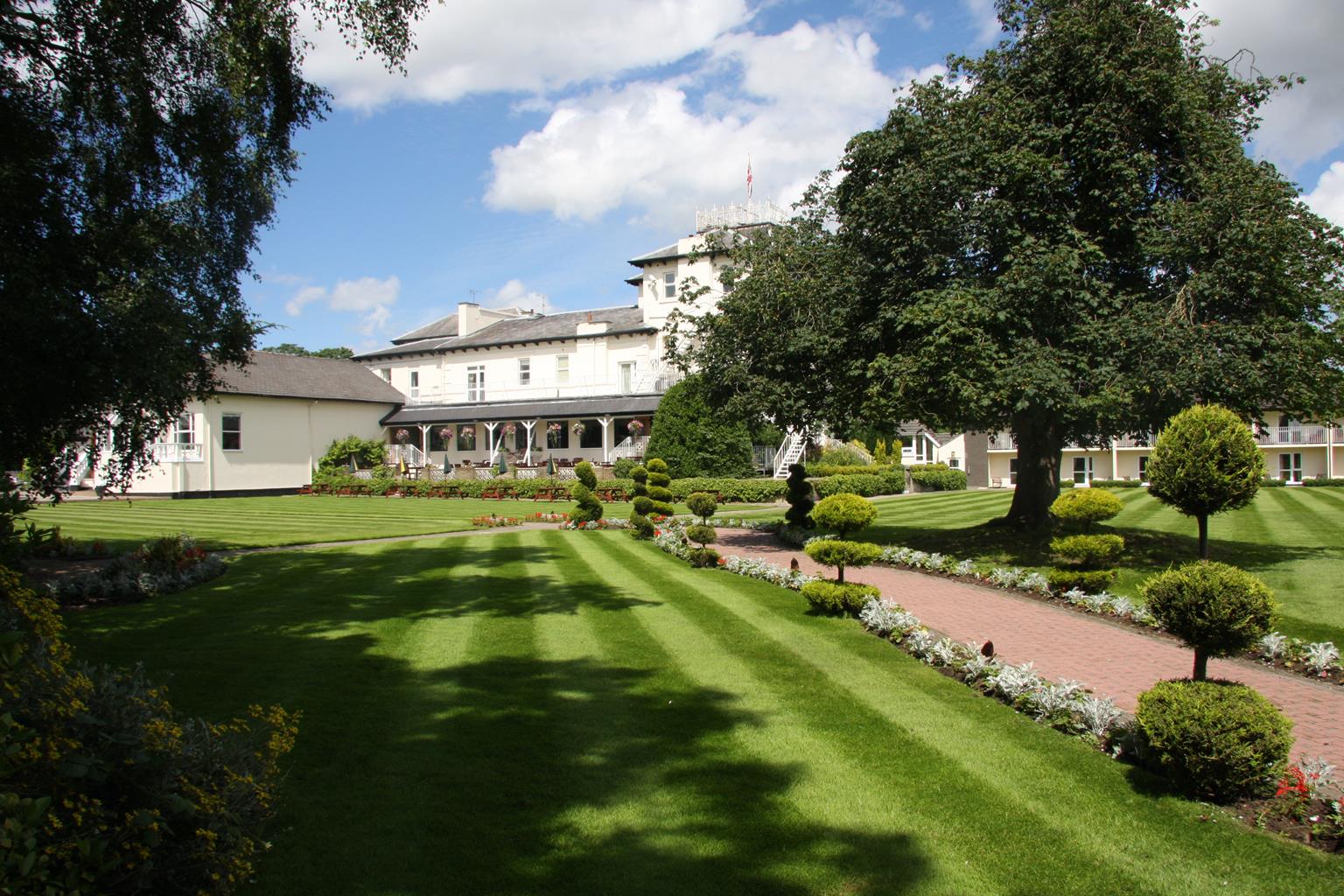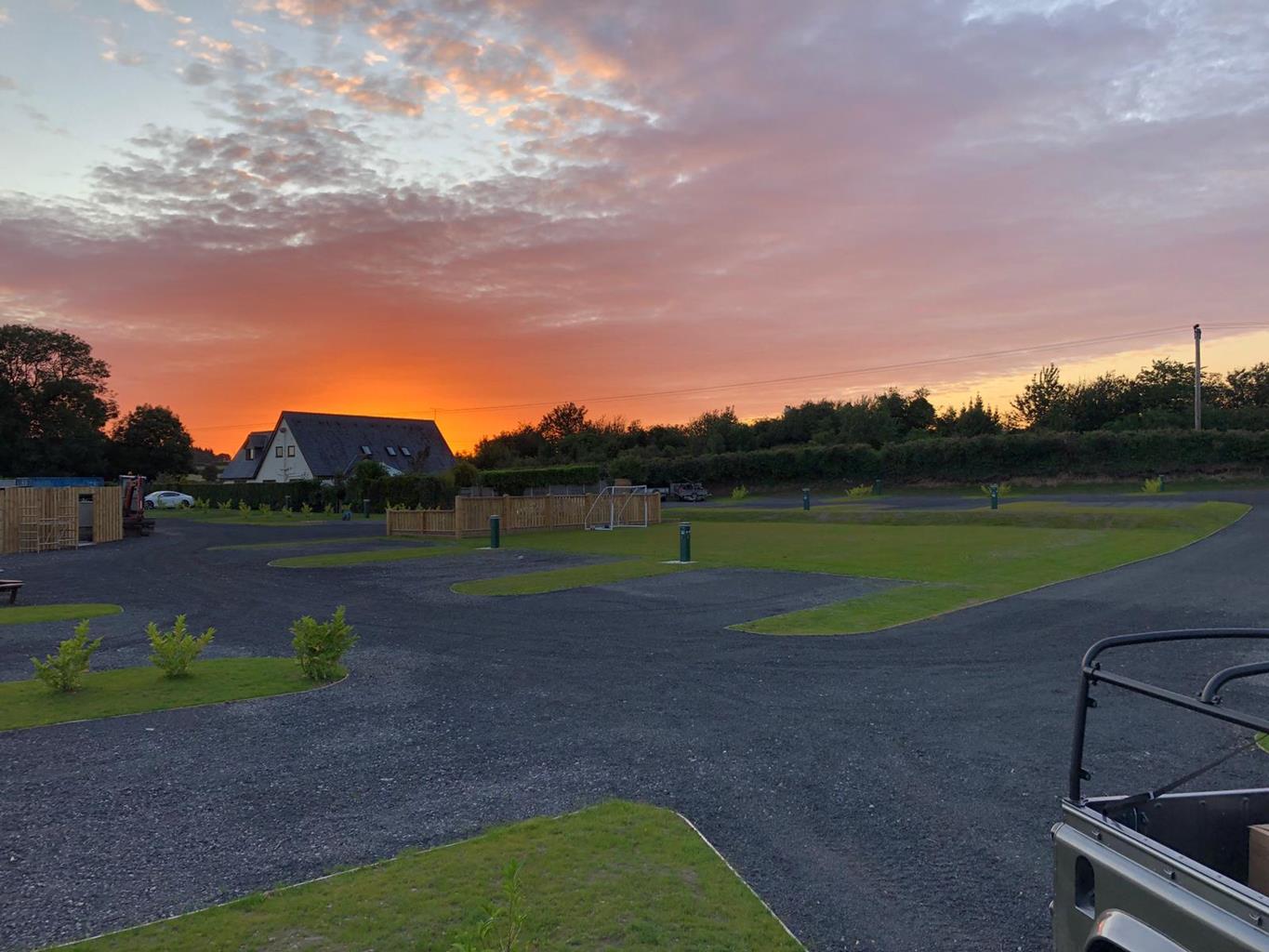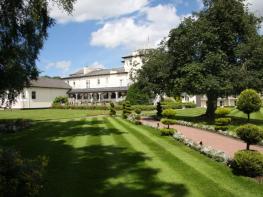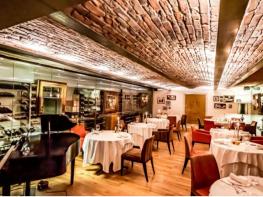Dating from the 18th century, The Ship overlooks the Dee Estuary and offers a range of modern,…
Our View
Building work on Flint Castle started in 1277 but no one was grumbling as the enormous workforce – believed to be around 2,300 labourers – were paid handsomely for it, largely owing to the fact that building a castle in such a hostile land was hard and dangerous work. The castle itself was a rectangular enclosure with four round towers at the corners, and was further protected by additional walls, a moat and some deep ditches. One of the round corner towers was larger than the others and protected by a moat. It also had its own kitchens, living quarters and chapel. Nowadays, this once vitally important castle is leading a quiet life hidden behind the modern town, standing lonely and forgotten on the marshy shores of the River Dee, and bypassed by tourists heading west. Photo credit: © Crown copyright (2015) Cadw
Facilities – at a glance
Dogs allowed
Assist dogs allowed
Features
- Parking nearby
- Facilities: 1 dedicated disabled parking space 100 metres away
- Open all year
- Opening Times: Open all year, daily 10-4 (last admission 3.30). Closed 24-26 Dec & 1 Jan
Also in the area
About the area
Discover Flintshire
Wales’s most northeasterly county contains little in the way of big blockbuster attractions, but that doesn’t mean there’s nothing to see or do. Bounded by the Dee Estuary to the north and the Clwydian mountain range to the west, with the bright lights of Chester just over the border to the east, Flintshire has been described as both ‘the Gateway to Wales’ and ‘Wales in miniature’.
Much of the county’s greatest delights can be found in its landscapes. The purple-heathered Clwydian Range is an Area of Outstanding Natural Beauty. Talacre Beach sports a picturesque lighthouse and miles of world-famous sand dunes. And the Dee Estuary is a Site of Special Scientific Interest (SSSI) and a great place to spot wading birds.
St Winefride’s Well in Holywell is one of the Seven Wonders of Wales, and the site of a famous Welsh legend – the well is said to have sprung up from the spot where Winifred was beheaded by Caradoc after refusing to marry him (A Morbid Taste for Bones, the first Cadfael novel, takes its plot from Winifred’s legend). It’s still a site of pilgrimage for some. Other Flintshire towns include former country town Flint, and the market town of Mold.
Nearby stays
Places to Stay
Dining nearby
Restaurants and Pubs
Why choose Rated Trips?
Your trusted guide to rated places across the UK
The best coverage
Discover more than 15,000 professionally rated places to stay, eat and visit from across the UK and Ireland.
Quality assured
Choose a place to stay safe in the knowledge that it has been expertly assessed by trained assessors.
Plan your next trip
Search by location or the type of place you're visiting to find your next ideal holiday experience.
Travel inspiration
Read our articles, city guides and recommended things to do for inspiration. We're here to help you explore the UK.




